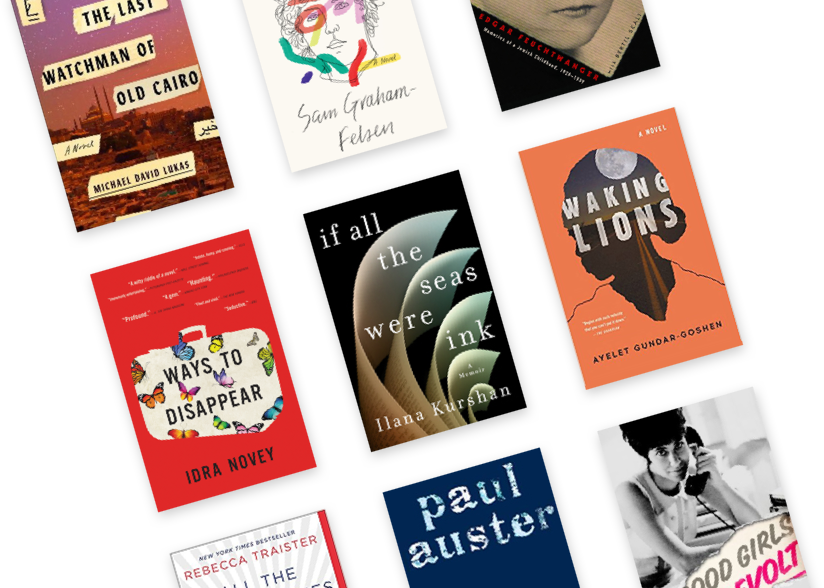Told from the perspective of the chestnut tree outside Anne Frank’s home in Amsterdam, this picture book complements the Anne Frank exhibition at The Children’s Museum of Indianapolis. The tree reports what it sees from its vantage point and zooms in on the Frank family. But like any book written with a specific purpose in mind, the story suffers and feels forced. The title is a misnomer. It leads readers to believe the book is about Anne Frank. The book is about the tree and the Frank family. It addresses Margot Frank as much as it does Anne. The illustrations are the real star of the book, bold and bleeding across double spreads, which makes the book a good choice for reading aloud to groups of children. The backmatter includes a list of where the tree’s saplings have been planted across the world, but it does not address the significance of this action.
Still, Sasso’s text is a far better read than the 2013 Anne Frank’s Chestnut Tree. The “tree” point of view allows a wide perspective that captures the city and its people against the backdrop of World War II and Nazi persecution. This title could easily be used to enter into a discussion of the Holocaust and its impact on a person, a family, a city, and the world at large.
Recommended for ages 6 – 9.
Barbara Krasner is the author of many books across genres, including fiction, poetry, creative nonfiction, and children’s literature. Her recent titles include 37 Days at Sea: Aboard the M.S. St. Louis, 1939, Civilian Casualties in War and Ethel’s Song: Ethel Rosenberg’s Life in Poems. Her book Goldie Takes a Stand! Golda Meir’s First Crusade was a recipient of the Sydney Taylor Honor Award. She holds a Ph.D. in Holocaust and genocide studies from Gratz College, teaches in the Holocaust and genocide studies program at the College of New Jersey, and serves as director of the Mercer County Holocaust, Genocide, and Human Rights Education Center. She also holds an MFA in writing for children and young adults from the Vermont College of Fine Arts.

